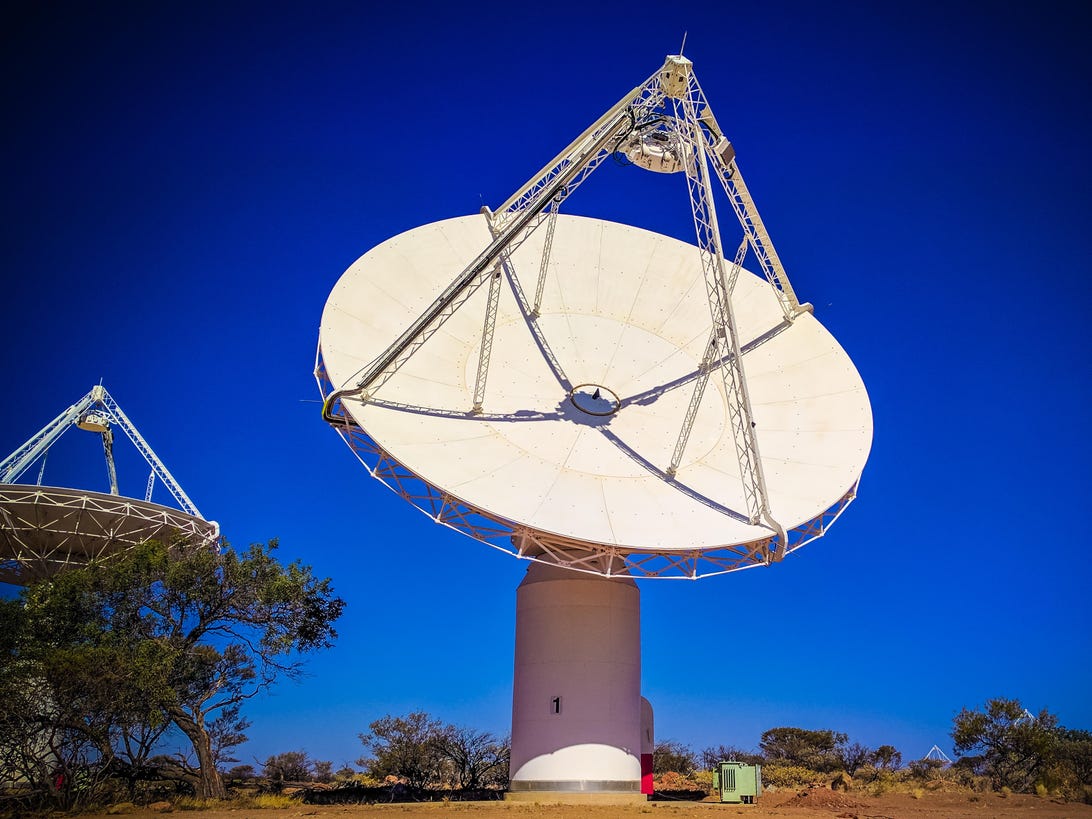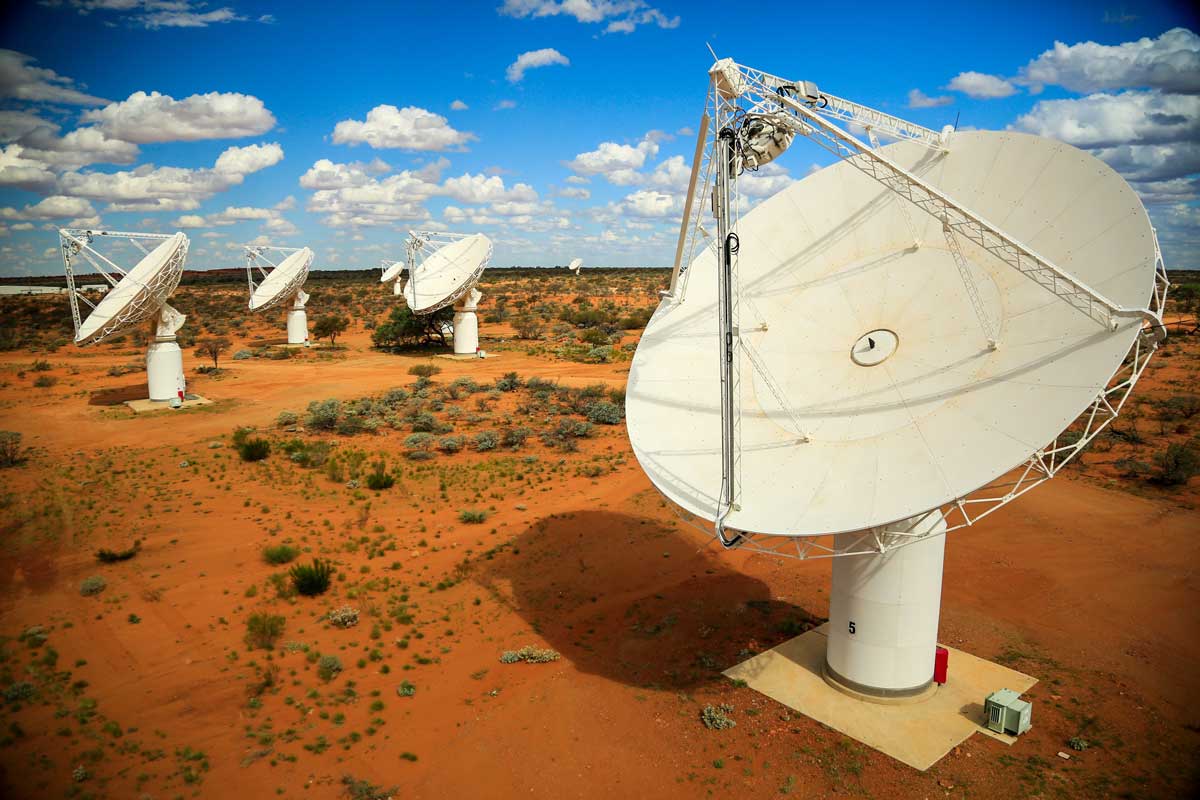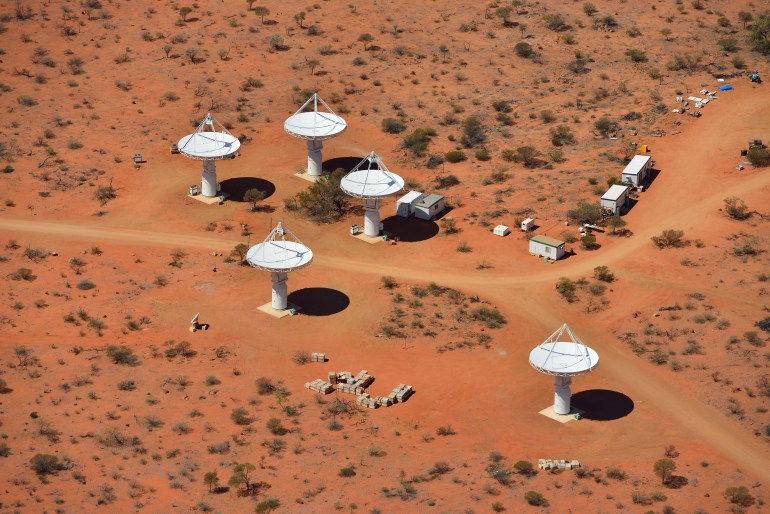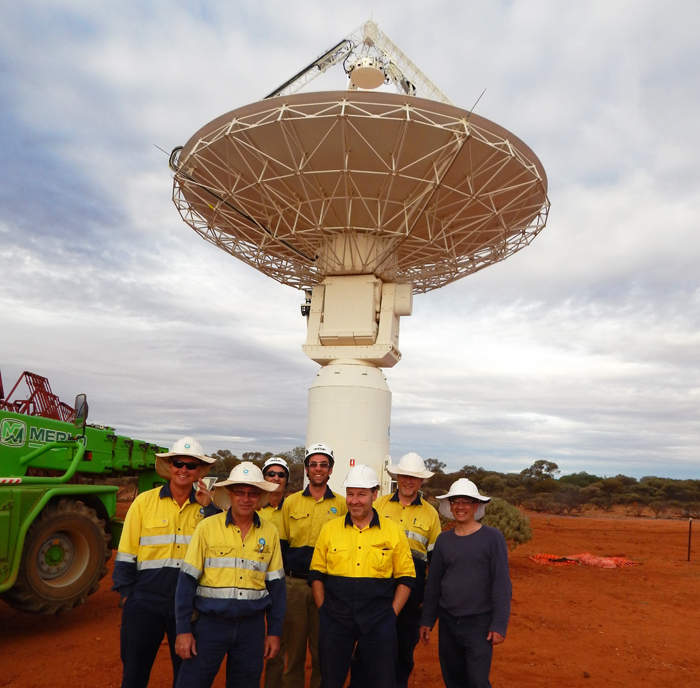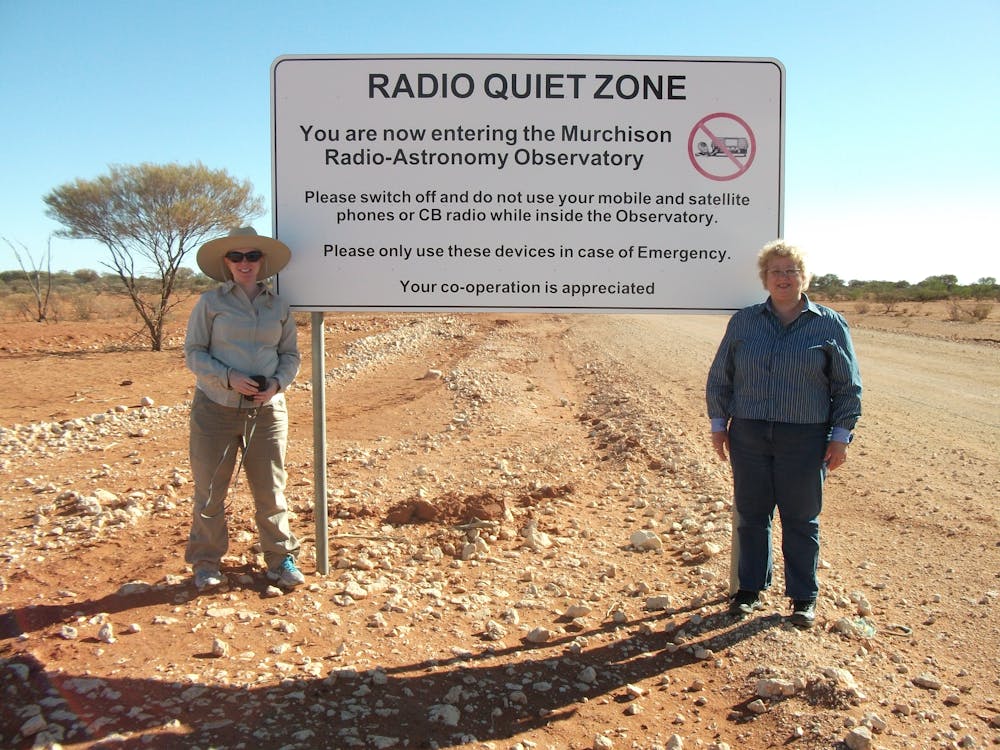
Powering the world's largest radio telescopes sustainably 1/3 – International Year of Basic Sciences for Development

PlacesOfNRM – Murchison Radio-astronomy Observatory - NACC - Northern Agricultural Catchments Council

Prof. Lisa Harvey-Smith on Twitter: "Fun and frolics filming #bbcskyatnight with @chrislintott at @CSIROnews Murchison Radio-astronomy Observatory in Western Australia. https://t.co/XqQ87bOnl4" / Twitter

Australia's Science Channel | Walk among the telescopes of the Murchison Radio-astronomy Observatory
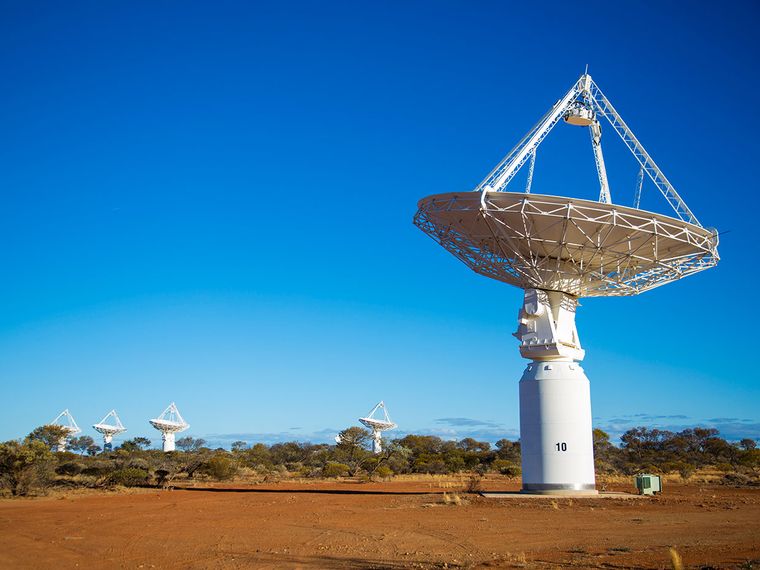
Far From Radio Interference, the Square Kilometre Array Takes Root in South Africa and the Australian Outback - IEEE Spectrum




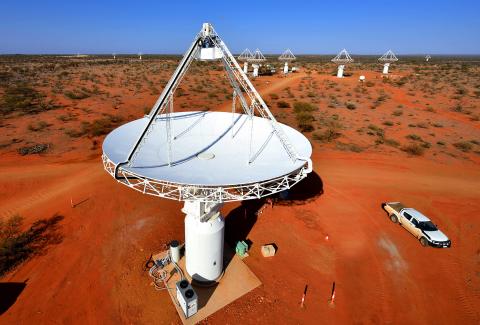

1-3-1.png)


